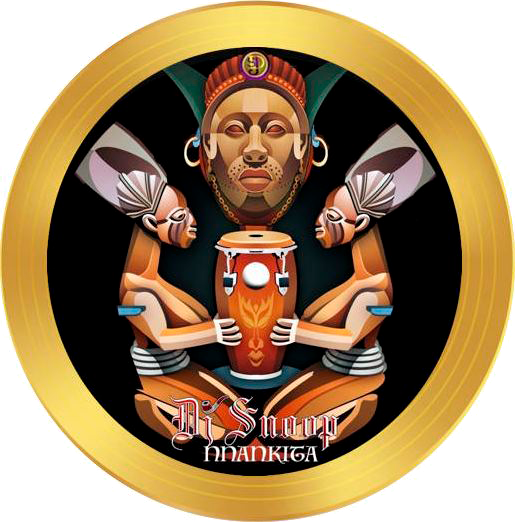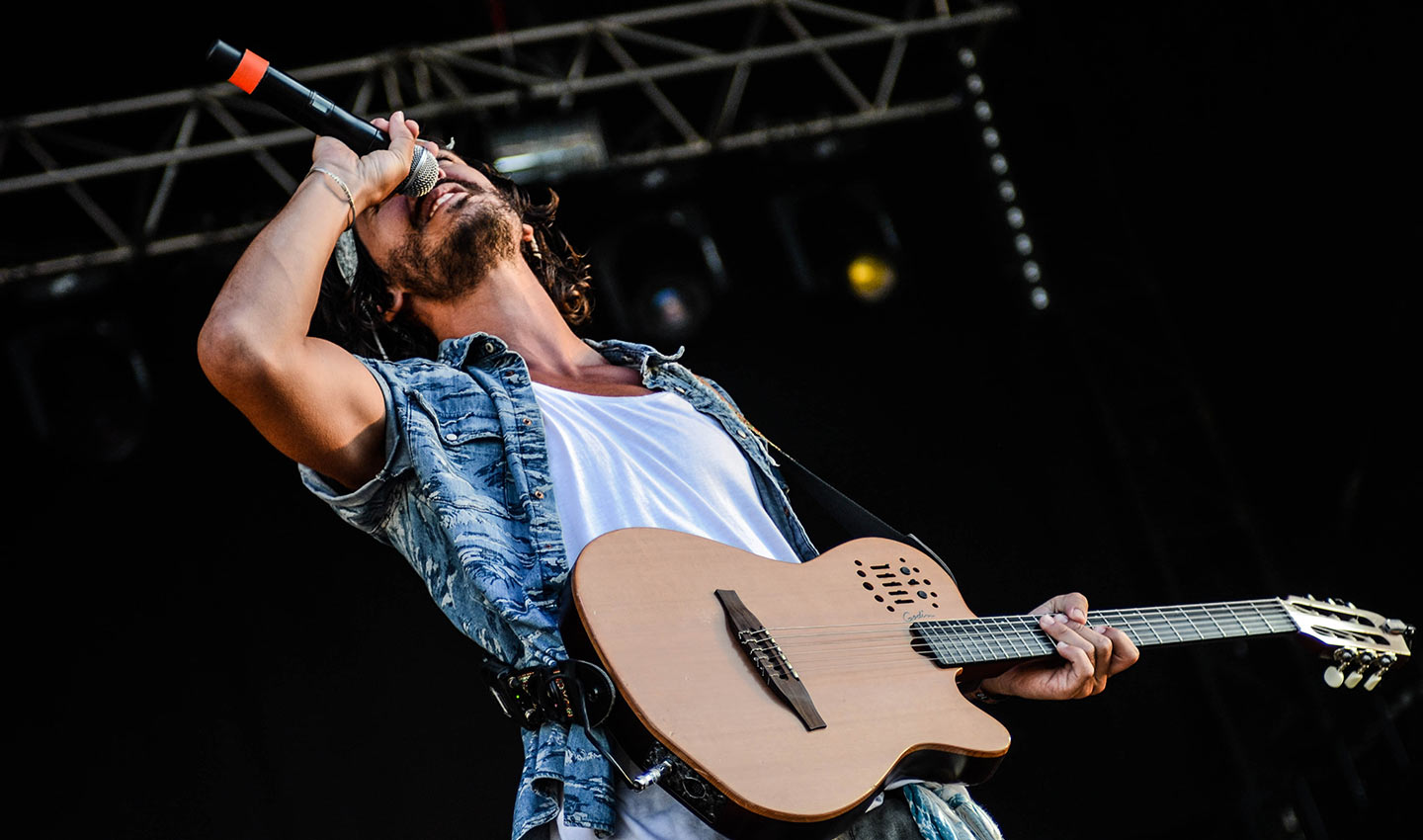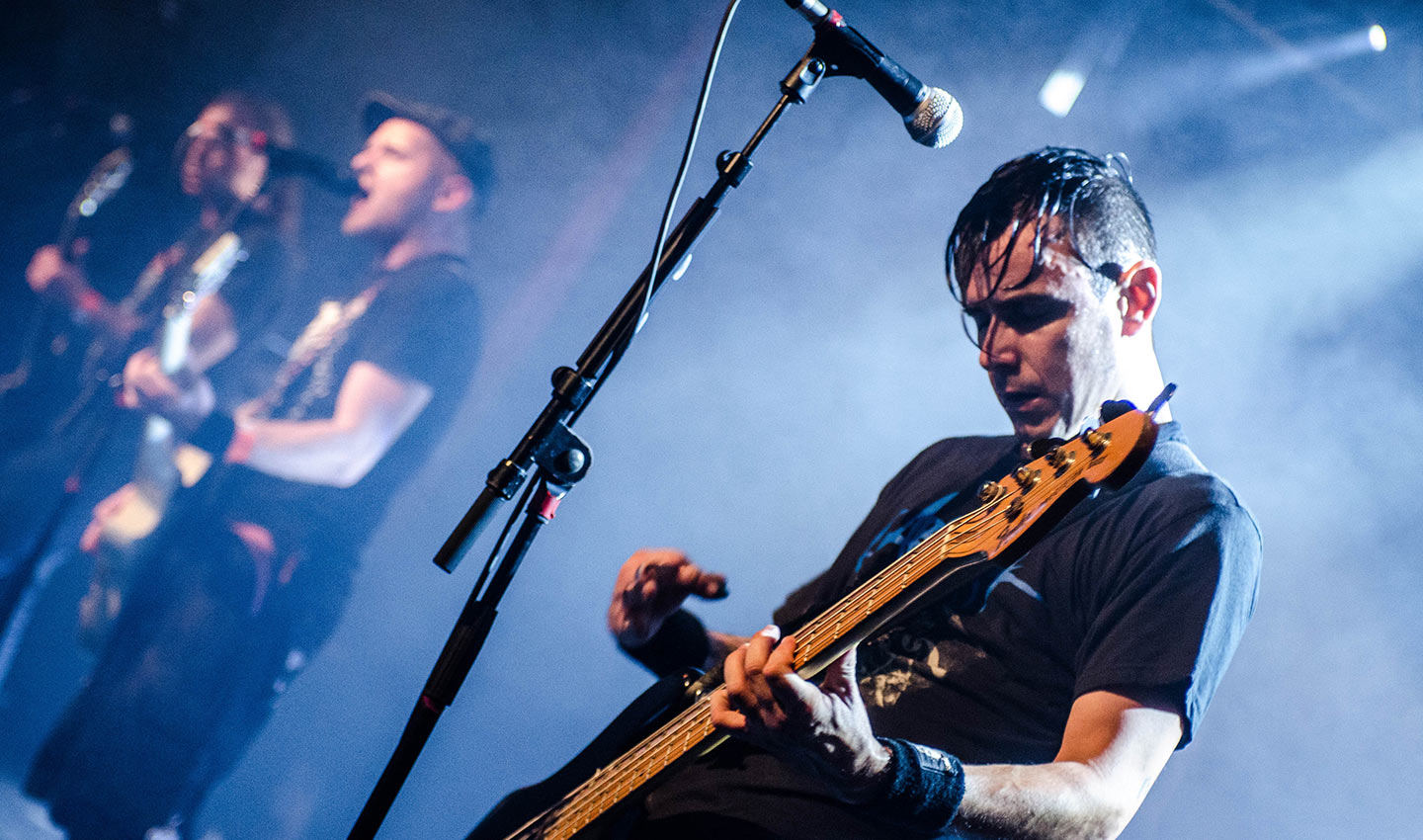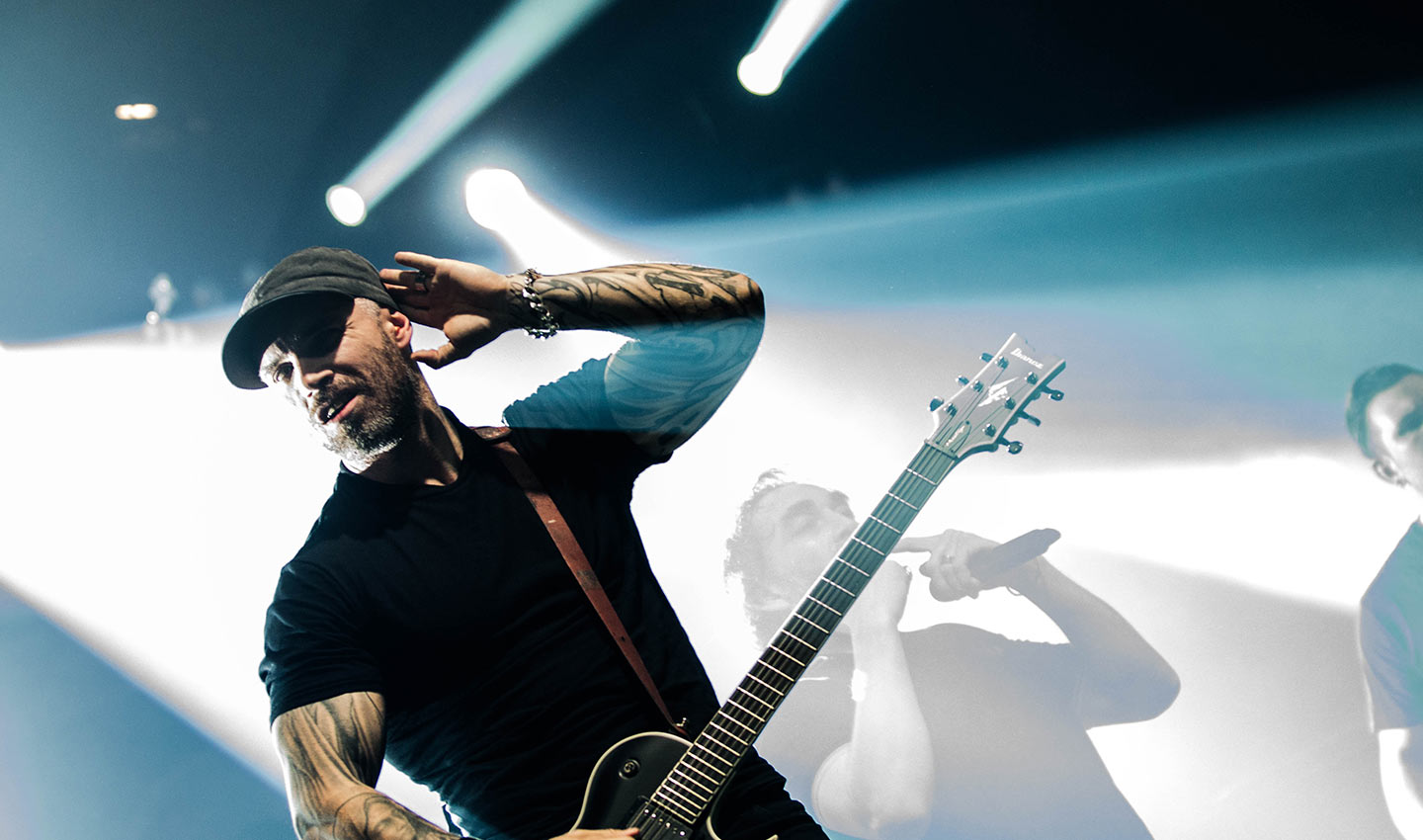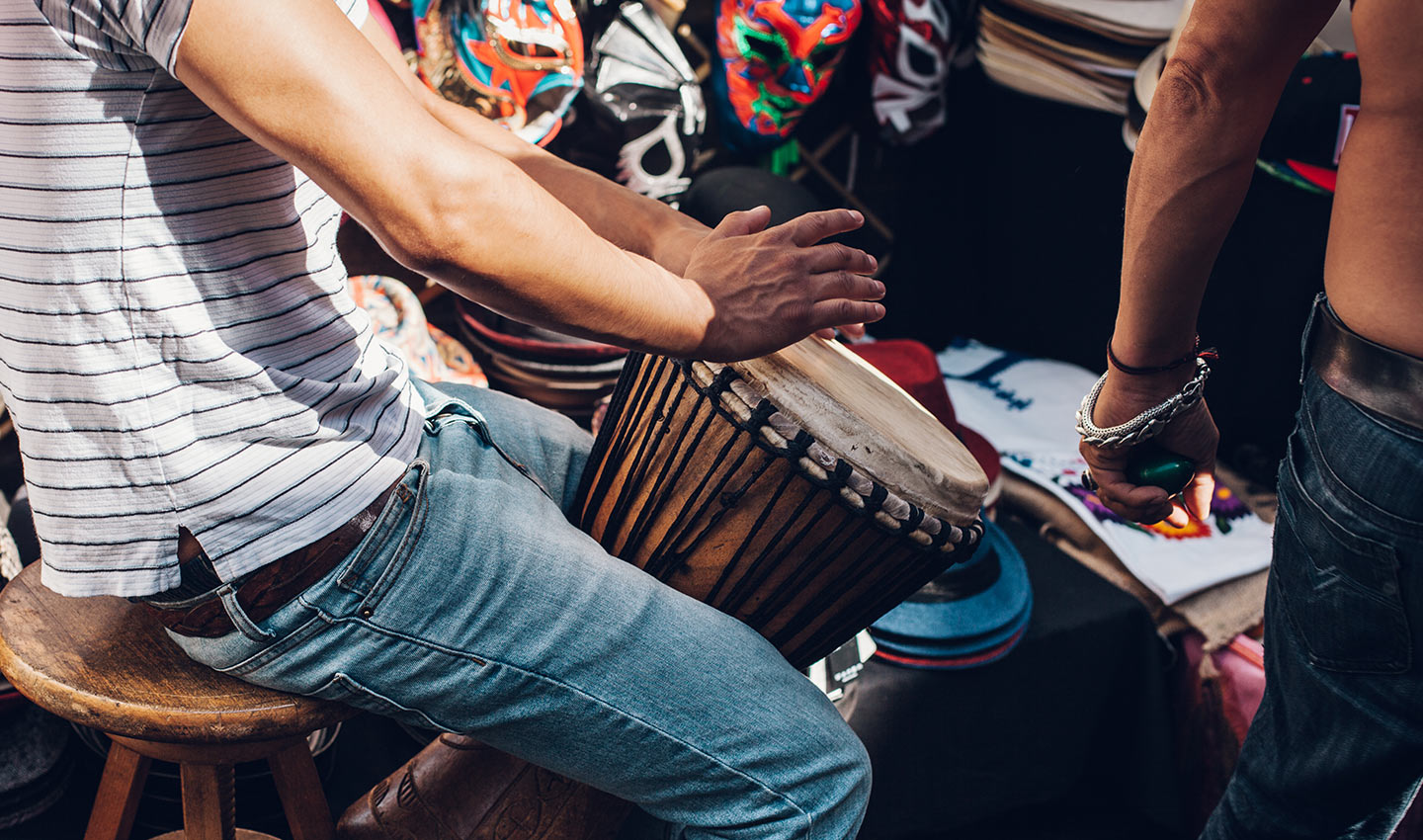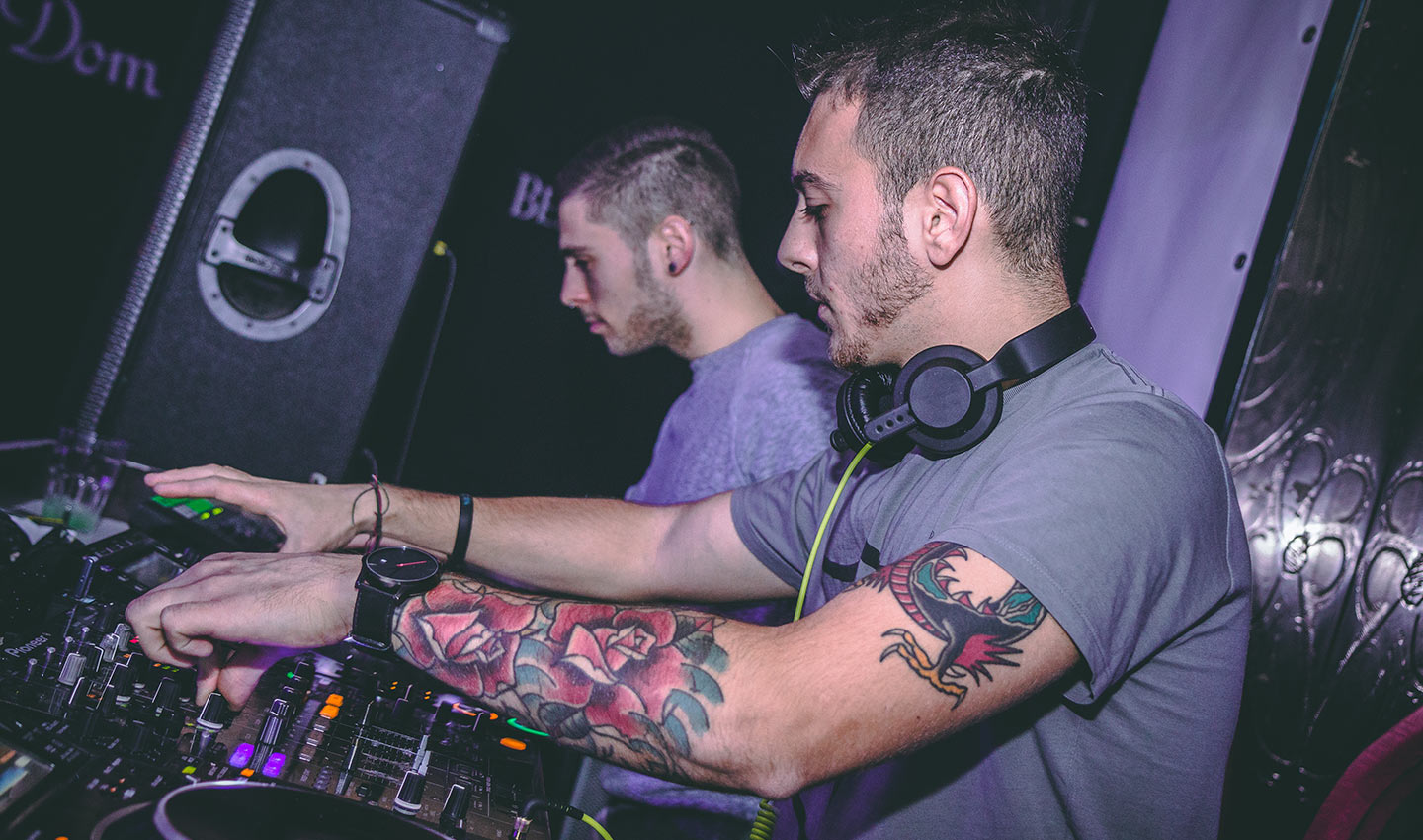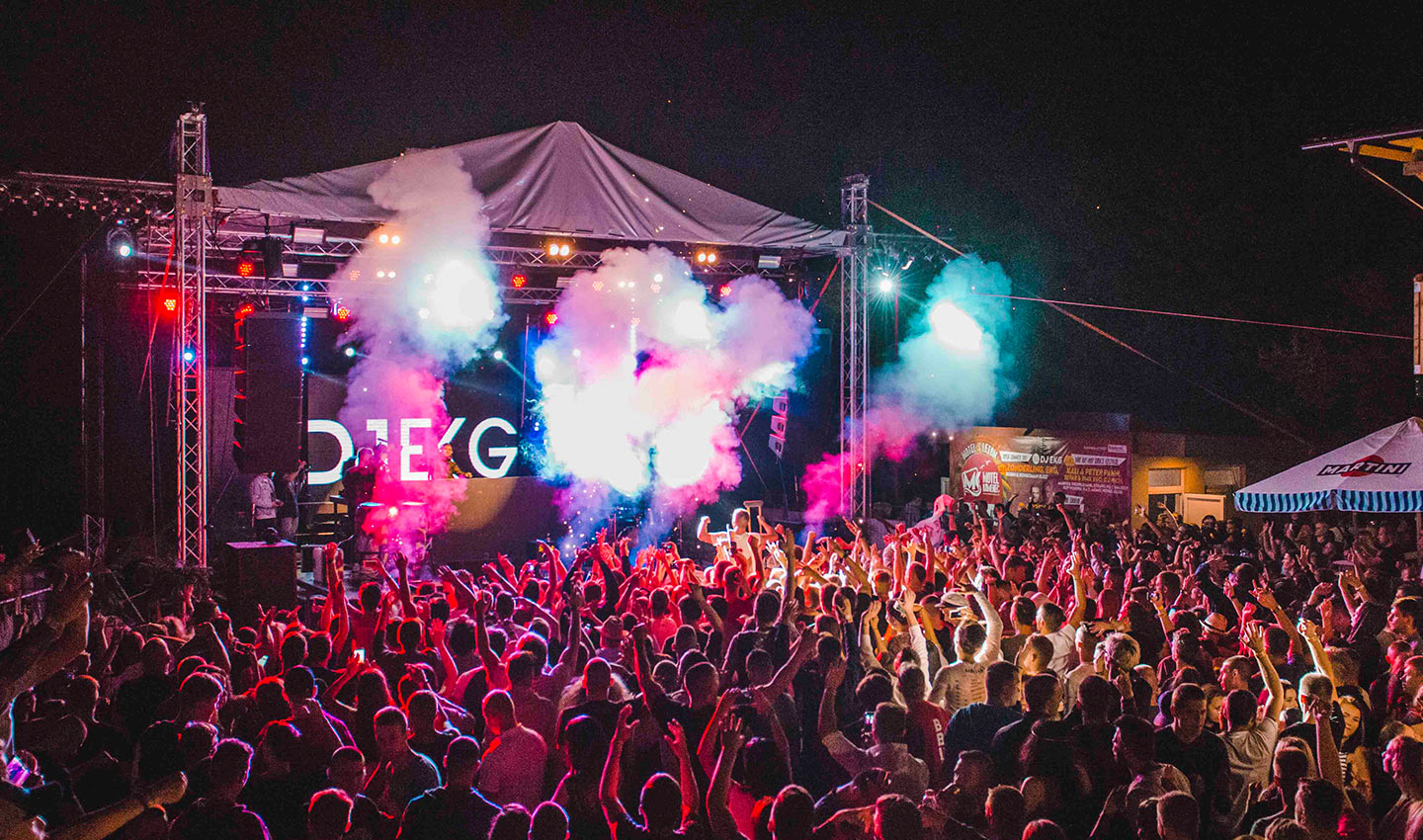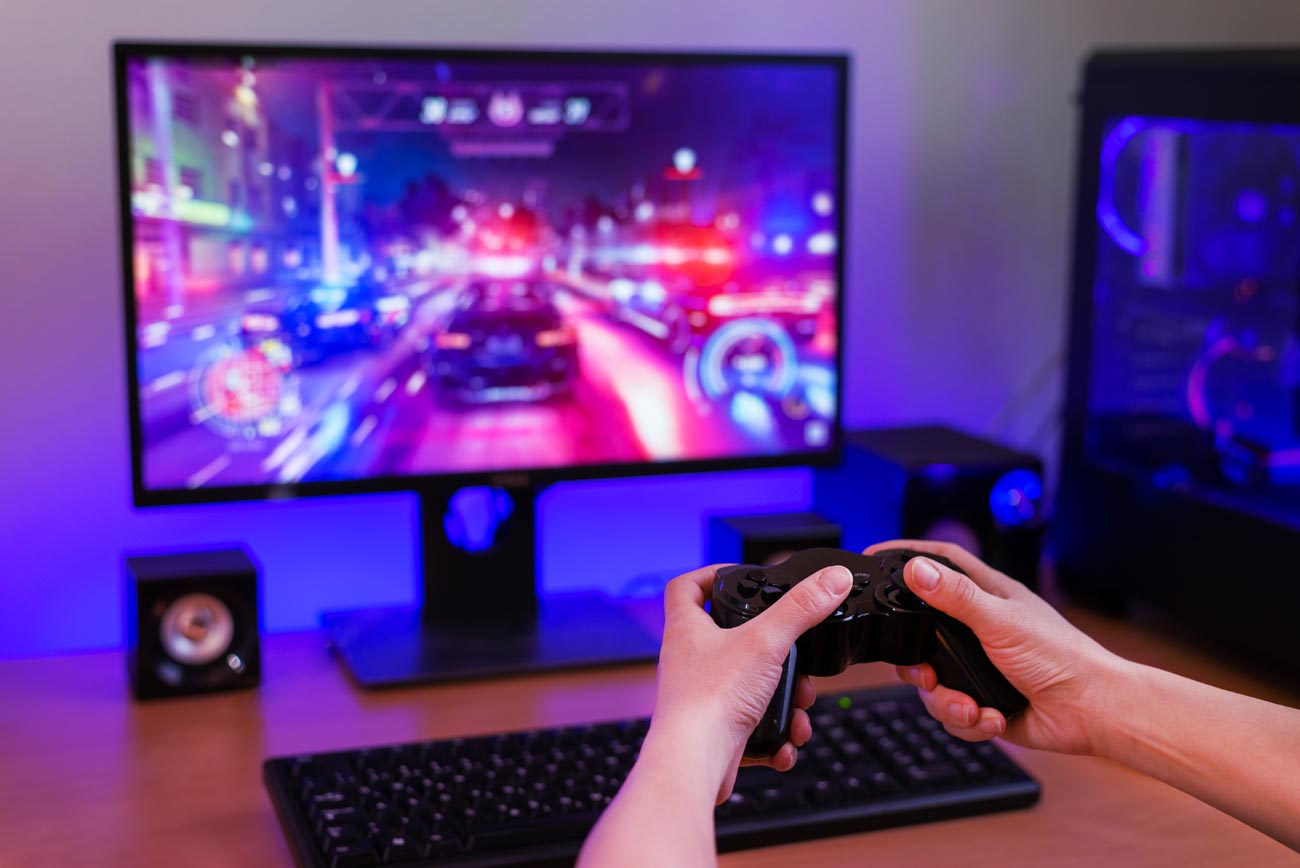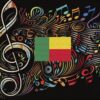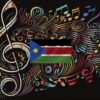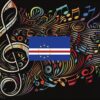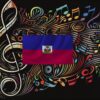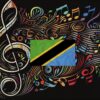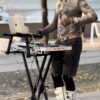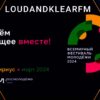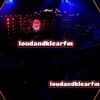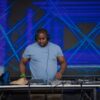Listeners:
Top listeners:
00:00
00:00
volume_up
chevron_left
-
play_arrow
Loud and Klear fm Loud and Klear fm
share
close
As a bassist, bandleader, teacher, and music copyist, I’ve worked with hundreds of singers throughout the years. Though working musicians know hundreds of tunes, singers need to have good charts in order to have their music played the way they want. I define a “good chart” as a piece of written music that effectively tells the musicians what they should play.
Written music comes in seven basic forms: chord charts, sheet music, songbooks, lead sheets, fake books, master rhythm charts and fully notated parts.
As a musician has a responsibility to play the chart before him correctly, the supplier of the chart has the responsibility of providing the right kind of chart. Knowing what type of chart to use for what kind of tune or gig is very important.
This article explains what the different types of charts are, and under what circumstances to use them. I hope you find it useful.
TYPES OF EDM MUSIC
Charts can be simple or elaborate according to the style of music and type of gig. Cover tunes are traditionally learned from recordings; classical and choral music can be found in sheet music stores as well as in various music catalogs; numerous tunes will be found in music books of all kinds; and many public libraries carry recordings and written music for your use.
The word “chart” refers to any piece of written music or any arrangement (music that has been adapted in a unique manner) of a tune. Decades ago it was strictly a “cool” slang term for a tune, but any piece of music could be called a chart these days, though a classical buff might not refer to a Mozart work as a “chart.”
Knowing what type of chart to use for what kind of tune is very important. When you’re playing a gig and someone hands you a chart — it is what it is and you either read it well or not. But, if you buy charts, have them made for you or provide them yourself, you need to know which kinds to use for which situations. Years back, while doing singer showcases, singers brought in all kinds of charts: good ones, bad ones, incorrect ones, inappropriate ones, and it was a real pain. The singers who provided the right kinds of charts got their music played the way they wanted. The singers who had the wrong kinds of charts didn’t, and weren’t very happy about it. Unless a musician already knows the specific parts, he can only play according to what’s on the chart before him. Though a good musician can improvise a good part in any style, if a specific musical line needs to be played, it needs to be written out.
As a musician has a responsibility to correctly play the chart before him, the supplier of the chart has the responsibility of providing an appropriate one.
Without getting into too many music notation specifics, here are the different kinds of charts and when they are used:
1. HOUSE
A chord chart contains the chords, meter (how the song is counted, e.g., in 4 or in 3 (like a waltz), and the form of the song (the exact order of the sections). This type of chart is primarily used when: 1. the specific musical parts are improvised or already known, but the form and chords need to be referred to, 2. to provide chords to improvise over, or 3. when a last-minute chart needs to be written, and there isn’t time for anything more elaborate.
A chord chart does not contain the melody or any specific instrumental parts to be played. To play from simple chord charts a musician basically needs to have steady time, know the chords, and improvise his part in whatever style the tune is in.
2. TECH HOUSE
Sheet music is a store-bought version of a song printed by a publisher, which contains the instrumental part, chords, lyrics, melody and form. An instrumental piece will, of course, have just the music. Sheet music is written for both piano and guitar. Guitar sheet music is in standard notation (often classical), as well as in TAB. A good piece of sheet music will always say whether it’s for piano or guitar. Most sheet music is not meant to be completely representative of the actual recording, and the actual arrangement that you’ve heard on a recording is seldom present.
Many people have experienced the frustration of getting the sheet music to a song they like, playing it, and discovering that the chords are different from the recording, and sometimes the form is too. Unfortunately that’s the way it is a lot, and it could be for a number of different reasons. To get the exact arrangement and chords, you need to do a “takedown” of the song: learn it by ear. A takedown is when you listen to a piece of music and write it down. Takedowns can range from simple chord charts to elaborate orchestral parts or anything in between. In order to do good takedowns, you need to have good ears, understand and be fluid with music notation to the complexity of the type of music you’re working with, and preferably understand music (the more the better). Having “good ears” consists of recognizing and understanding the music, whether heard on the radio, played by another musician, or heard in your head.
3. DEEP HOUSE
Songbooks are compilations of many tunes and often contain the same information that sheet music does, along with the chords and arrangement being different from the recording most of the time. Sheet music commonly has full introductions and endings, whereas songbook tunes are generally shortened to create space in the book for more tunes. Sheet music is generally written to be played on a keyboard, but songbooks come in different styles and for different instruments. They are compiled by artist, style, decade, and in various collections including movie themes, Broadway hits, etc.
Songbooks are a good reference source when other, more exact charts are unavailable. For example: I needed two movie themes for a gig once (client request). Instead of spending $8 for two tunes of sheet music, I bought a book of movie themes for $16 that contained over a hundred tunes. Sheet music and songbooks are pretty unusable at gigs because of cumbersome page turns and bulkiness; but in an emergency you use them and do what you can. If having to use sheet music or songbooks for live performance, either: 1. recopy the tune onto 1-3 pages or 2. photocopy it and tape the pages together (although, strictly speaking, this may be considered copyright infringement). Make sure to always provide a copy for each musician.
To play from songbooks and sheet music, a musician needs to be able to read the music notation, or at least improvise a part from the chord symbols, i.e., a guitar strum, bass groove, piano groove, etc., or better yet, both. A vocalist can sing the words if they know the melody, or be able to read the notated melody if they don’t know it.
4. AMAPIANO’S ORIGINS
Amapiano emerged from the townships of South Africa, particularly in Gauteng province, but many say Amapiano was initially played at house parties, and underground parties in the Pretoria neighborhood outside of Johannesburg (J’burg) South Africa’s capital. The continuous piano keys in the music. Kabza De Small and other early amapiano artists likely DJed and performed at these events and built their following through word of mouth and social media.
However, Kabza De Small’s breakthrough came in 2018 with the release of his album “Avenue Sounds,” which featured several popular amapiano tracks. This album helped to bring amapiano to a wider audience and solidified Kabza De Small’s status as one of the leading artists in the genre.
As we explore the history of the amapiano genre we need to point out, MFR Souls can take credit for the naming of the genre and their relentless efforts to push it into the mainstream also helped popularize the genre. MFR Souls, Tumelo Nedondwe and Tshiamo Rantao, is another popular amapiano group that has gained a large following. They are known for their hit single “Love You Tonight,” which features the vocals of DJ Maphorisa, Kabza De Small, and Sha Sha.
Another celebrated artist from Zimbabwe is Sha Sha. She was born in Mutare has become the country’s the “Amapiano Queen”. Her song “Woza” has had a millions of views. ‘Woza’ hypes the greatness of Amapiano in a Southern African desert with picturesque canyons.
Early Ampiano Artists
Some of the most popular amapiano artists include Kabza De Small, DJ Maphorisa, MFR Souls, Focalistic, and Lady Du, among others. Kabza De Small and DJ Maphorisa, who often collaborate on tracks, are widely considered to be the pioneers of the genre and have been instrumental in its rise to fame.
Kabza De Small, whose real name is Kabelo Motha, began his music career in 2009 and became known for his deep house remixes of popular songs. He has since transitioned into amapiano and has released several successful albums, including “Pretty Girls Love Amapiano” and “I Am The King Of Amapiano: Sweet and Dust.” DJ Maphorisa, whose real name is Themba Sekowe, is a prolific producer and has collaborated with several artists in the amapiano scene, including Kabza De Small, Focalistic, and Sha Sha.
Kabza De Small is widely regarded as one of the first popular amapiano artists and a pioneer of the genre. He began his music career in 2009 as a DJ, and eventually transitioned to producing amapiano in the early 2010s. As for where he first performed, it is difficult to pinpoint the exact location or event.
5. AFRO HOUSE ORIGIN, MEANING AND HISTORY…
Afro House is a sub-genre of House music, with its roots predominantly in South Africa. A fusion of Kwaito, Tribal, Deep and Soulful House music, in South Africa it is classed as Deep House or Soulful House, although it has its own unique sound. Africa is the birthplace of mankind and music, and this is reflected in the musical style – particularly in the “stripped back” original percussion sounds and rhythms.
Prominent places in tune with the sub-genre are Pretoria, Soweto, Johannesburg, Durban and Cape Town within South Africa – worldwide, cities such as Amsterdam, Dubai, and Split/Dubrovnik are embracing the sound heavily.
Like all genres and sub-genres, it splits into different camps – one displaying more original African tribal sounds (tribal-house, Afro-beats) and the other combining a fusion of Chicago/NYC Soulful house with an African twist, and characterised by a vocal-led, more “sophisticated” style.
The genre has grown and developed alongside significant changes in the country in which it began. In 1994 the country transitioned from the unjust Apartheid laws to majority rule, with the African National Congress (ANC) party coming to power, led by its iconic and world respected leader, Nelson Mandela. As often, with a major change in politics, this change brought a new found freedom and an uprising of musical talent and expression.
PROMINENT AFRO HOUSE ARTISTS INCLUDE
Black Coffee, Black Motion, Brian Temba, Chymamusique, Culoe De Song, C-Major, Darque, Deepconsoul, DJ Fresh, DJ Kent, Kaylow, Bucie, Siphiwe Mkhize (Enoo Napa), Jackie Queens, Wanda Baloyi, Echo Deep, Da Capo, Sir LSG, Tumelo, Lilac Jeans, Jullian Gomes, Derrick Flair, D.O.R. Projects, Gintonic, Octopuz, Zulumafia, House Victimz, Kat La Kat, Jazzuelle, Nastee Nev, Veneigrette, Young DJ, Rancido, Liquideep, UPZ and DJ Afrozilla.
Such is its growing influence, world respected trumpeter and flugelhorn player Hugh Masekela has collaborated and played on Afro House tracks with the likes of Ralf Gum, and Masters At Work have collaborated with a number of artists in recent times.
PROMINENT AFRO HOUSE RECORD LABELS INCLUDE
Ancestral, Deep Elements Music, Deep Forest SA, MoBlack, Deepconsoul, Chymamusique, House Afrika Records, Offering, SoWHAT, Soul Candi, Tribe, Yoruba, Peng Records and GoGo Records.
Afro House music roots will always be in South Africa, but it has broken the boundaries of geography and is produced and enjoyed around the world, to the extent that some artists’ passion, love for the music and fan base encuraged them to emigrate to South Africa. Names such as the German House producer Ralf Gum, and other artists such as N’Dinga Gaba (originally from Central Africa but now based in Baltimore, Maryland) continue to spread the Afro House sound. Artists in the UK include Peng Records’ Andy Compton.
Whilst Soulful House music has a small underground following around the world, in South Africa the music and culture is hugely popular and can be heard on mainstream radio, although still mainly underground in other parts of the world. Without doubt the biggest artist to emerge from South Africa is the afore-mentioned Black Coffee, largely from the success of his hit track “Superman” with Bucie. Black Coffee can be seen touring across the world at major events.
6.TRIBAL HOUSE
WHAT IS TRIBAL HOUSE HISTORY MEANING AND ORIGINS
Tribal house is a sub-genre of house music similar in structure to deep house, but providing elements of ethnic or “indigenous” musical percussions (most typically of African or South American origin, and thus reminiscient of “tribal” music within those contintents). Oddly, though, “tribal house” refers more to the fact that those characteristic beats are created digitally (drum machines, samplers) rather than live!
The beats still retain the staple 4/4 measure, but generally, instead of the standard kick and snare, more percussive sounds such as congas, bongos, shakers, cabasas, surdos and cuicas are used to create the “sound”. More recently, percussion from the Asian continent (such Indian tablas and Japanese taiko drums) are now being explored and utilised for greater expression.
Tribal house is a fusion of various styles of dance music (in the same way that Latin House blends elements of soulful to harder-edged styles), and can range from uplifting and cheerful to dark and aggressive in mood – hence, there is a tendency to classify this style within the genre of “hard house”, because the drums are more dominant within musical pieces.
Artists and DJs within this sub-genre include the likes of Roger Sanchez, Ralphi Rosario, Rob ARTICLE by Djsnoop
7. CHILL OUT
When the music needs to be extremely specific it will be fully notated. Everything that needs to be played is written on the page. What to play, when to play it and how to play it: the notes, rhythms, dynamics, and any and all notational expressions, such as tempos (how fast or slow), who cues what, etc. Most professional recording sessions and shows require fluid note reading and provide individual parts for each instrument.
LYRIC SHEETS WITH CHORDS
Though they are not written music, lyric sheets with chords deserve a mention.
Singers who play an instrument often use lyric sheets with chord symbols written above the words. For a singer/musician these are very useful, and are often used. I’ve used them myself.
Musicians reading these charts, however, can do well if they are familiar with the song, but this leaves a very large margin for error. Very often the chords are over the wrong words, or the chords are wrong or incomplete: very dicey business. Musicians like specifics.
My students use these all the time, and there are a number of Internet sites with thousands of lyric sheets you can download. For certain situations they are very handy!
Written by: AfroFusion
Rate it
Similar posts
Featured post

Latest posts
Current show

ART OF GOSSIP
Monday and Friday at 23:00
For every Show page the timetable is auomatically generated from the schedule, and you can set automatic carousels of Podcasts, Articles and Charts by simply choosing a category. Curabitur id lacus felis. Sed justo mauris, auctor eget tellus nec, pellentesque varius mauris. Sed eu congue nulla, et tincidunt justo. Aliquam semper faucibus odio id varius. Suspendisse varius laoreet sodales.
closeUpcoming shows

AFROBEATZ SOUND SEDUCTION WITH DJ CLIFF
Presented by Marika Love
21:00 - 22:00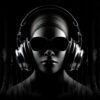
AFRO-FUSION UNIVERSAL MUSIC
Presented by Monica Deep
22:00 - 23:00
fashion groove & music (Afro-Fusion)
20:00 - 21:00

AFROBEATS CLUB NIGHT – DJ EBII IN DA HOUSE
DJ EBII
21:00 - 22:00
AFRO-FUSION UNIVERSAL MUSIC
Presented by Monica Deep
22:00 - 23:00Chart
Copyright 2024 loudandklearfm | ALL RIGHTS RESERVED | POWERED BY LOUDANDKLEARFM
